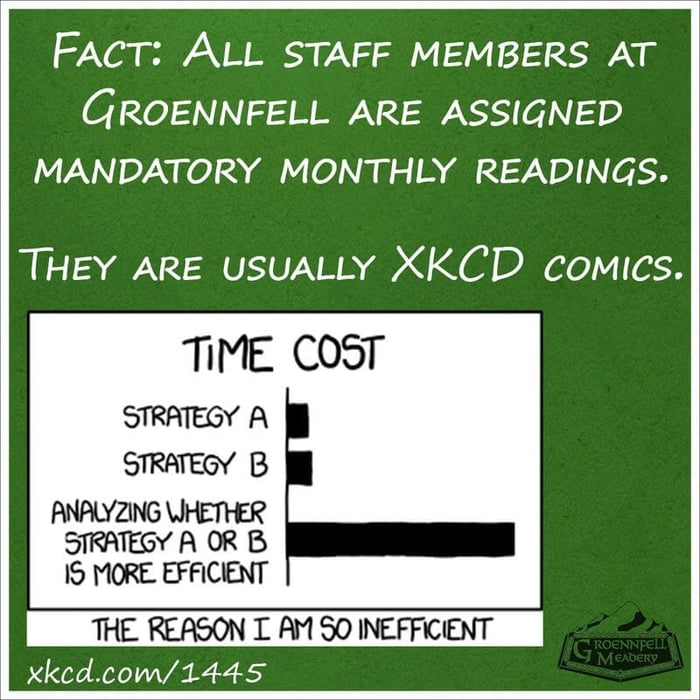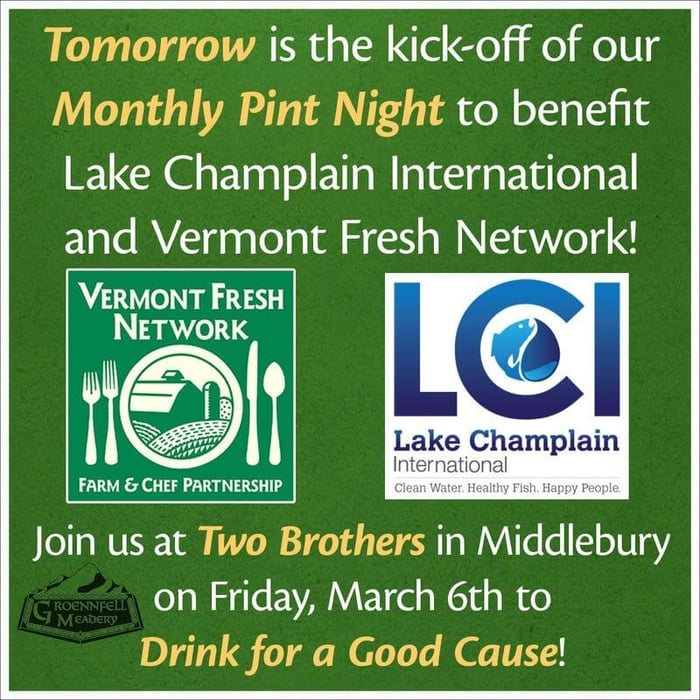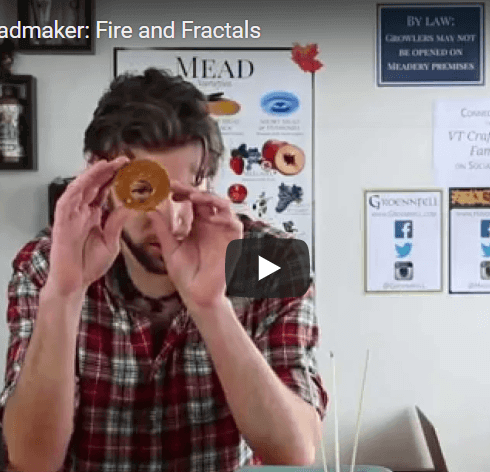Despite the dearth of legislation specifically relating to mead, the number of laws that could potentially apply to a meadery is nothing to scoff at. The good news is that, at long last, the Federal Alcohol and Tobacco Tax and Trade Bureau (TTB) has put together a list of frequently asked questions (and answers) about mead production.
Meadmakers, behold: the answers to some of your many questions, presented in a slightly less obtuse format than in CFR Title 27!
Some highlights from the FAQ:
- The term “mead” can be used interchangeably with the term “honey wine.” [#6]
- If your mead contains an ingredient other than honey, water, and yeast, you can still call it “mead” as long as the name also contains the other ingredient (e.g. Cherry Mead). [#9]
- A mead is considered “effervescent” (i.e. sparkling or carbonated) if it contains more than 0.392 g of CO2 per 100 ml. In other words, if your bubbly mead contains less CO2 than this (and it almost certainly does), you do not need to pay the sparkling wine tax – as long as you also do not use the term “sparkling” or “carbonated” anywhere on the package. [#12,13]
- If your mead is over 7% alcohol by volume, you may not package it in a “non-standard” bottle size (i.e. no beer bottles). [#16]
- But, if your package is over 18 L in size, standards of fill do not apply. In other words, you’re free to package and sell your higher alcohol mead in standard beer kegs. [#16]
While we might tease from time to time; this really is a very helpful piece from the TTB and we’re really glad that they put it together. Again, for more info, check it out here.




